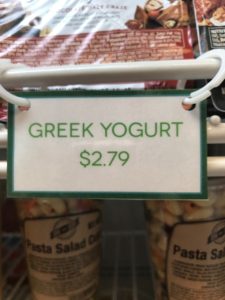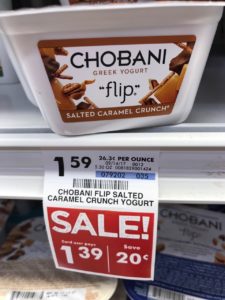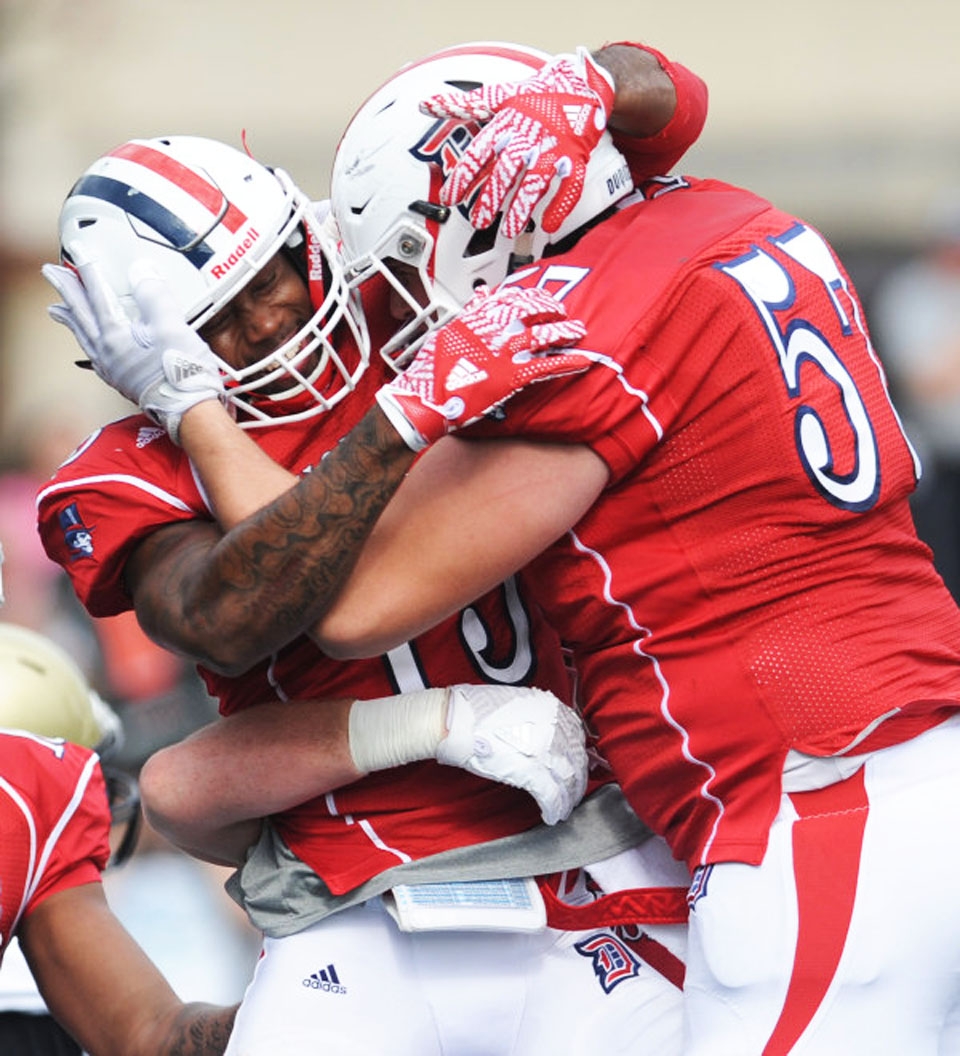
By Ollie Gratzinger | Features Editor
10/19/17

Fisher Market, a pit-stop for busy students, also displays prices higher than local grocery stores.
Chances are, if you’ve found your way into Campus Market for a late-night snack run, or if you’ve wandered in to grab a quick bite in between classes, you’ve probably noticed that something is a little fishy, and I’m not just talking about the sushi.
I’m talking prices.
High prices.
Everything about college tends to be costly, from tuition and textbooks to room and board. As it seems, though, food is another expense that really adds up over time, especially if you do most of your grocery shopping at one of the on-campus markets rather than trekking it to the South Side Giant Eagle. But after a quick analysis of prices in Towers’ own Market, you might find that the trip is worth it, after all.
Clif Bars, a personal favorite of mine, cost $1.20 at Giant Eagle, whereas they’re sitting at a lofty $2.89 at Campus Market. Chobani Greek Yogurt, a healthy way to sooth an aching sweet tooth, rings out at $1.59 at Giant Eagle. However, Market again sees a price tag more than doubling its grocery-store cost: $2.75. Easy Mac, a staple of the college-kid diet, is an affordable $1.29 at Giant Eagle. But, you guessed it: Campus Market charges an extra dollar, bringing the grand total for microwavable mac-and-cheese to $2.29 per bowl.
Cereal is another offender, with Frosted Flakes priced as $3.29 at Giant Eagle and $4.99 at Campus Market. Pringles, which celebrated 50 years of snacking this year, runs a hungry shopper $1.99 at Giant Eagle, but a hungry college student will be looking at $3.49 for the same exact thing at Market.
What’s up with this? It’s no wonder we run out of FLEX so fast!
According to Dave Manz, Duquesne dining resident district manager, there’s a decent reason for these price discrepancies.
First of all, Manz says that Campus Market doesn’t do its own pricing. That task falls to the suppliers, instead. So rather than getting ticked off at Duquesne for charging you almost $3.00 for that pumpkin spice Clif Bar, blame the Clif Bar company for inflating its own prices.
Manz also notes that Giant Eagle may not be the best retailer to contrast with Campus Market.
“It’s important to note that the Campus Market is not really comparable to a large retailer or national chain like Walmart or Giant Eagle because it doesn’t do the same volume,” Manz said. “A product cost is different for the university, and we aren’t eligible to receive the same incentives.”
The cost differs based on a few factors, like whether or not the store is a national or local chain.

“All retailers pay different prices for the same product through distributors. Some stores pay what’s listed in the distributor’s catalog, while others get a ‘blanket discount’ off all products based on volume or rebates that may be available,” Manz explained. “The more product (collectively) a retailer purchases, the larger their discount. This is especially true in national stores like Walmart and Target or at chains like Giant Eagle that are required to purchase certain product and amounts in order to receive distributor discounts.”
Manz also noted that it’s easier to compare Campus Market pricing “to a convenience store or locally owned operation with a limited amount of locations.”
So that’s exactly what I did.
Downtown Pittsburgh is a breeding ground of CVS stores and 7-Elevens, and a walk into town on a brisk autumn day yeilded price tags that were still, in fact, lower than those at Campus Market.
A Clif Bar at CVS will run you $1.87. Pringles, $2.29 and Easy Mac, $1.67.
At 7-Eleven, a Clif Bar is getting a tiny bit pricer at $1.99, but that’s still considerably less than the outrageous $2.89 you’ll shell out at Market. Chobani Yogurt comes in at $1.79, and the same cereal, 10.5 ounces of Frosted Flakes, costs $3.99.
As you can tell, the prices at CVS are higher than those at Giant Eagle, and 7-Eleven is a tiny bit more expensive than that. But they’re still lower than what Campus Market charges for the same goods. It makes sense that purchasing costs differ because of the quantity of items purchased, and I guess it’s true that prices at Campus Market are more comparable to convenience store prices, but the fact remains that they’re still higher on campus than they are at surrounding locations.
There are perks, though, to shopping at the Market location here. As Manz explains, general convenience and location, when coupled with the fact that one doesn’t have to shell out gas or parking money, can somewhat balance out the higher prices. In theory, anyway.
Sure, I don’t have to pay for gas or put on real shoes to traipse down into Campus Market at midnight when I decide I want one of those cookies — you know the ones — but does that really outweigh the fact that I’m paying twice as much for that snack? For me, it really doesn’t. But maybe for you, it’s worth it.




